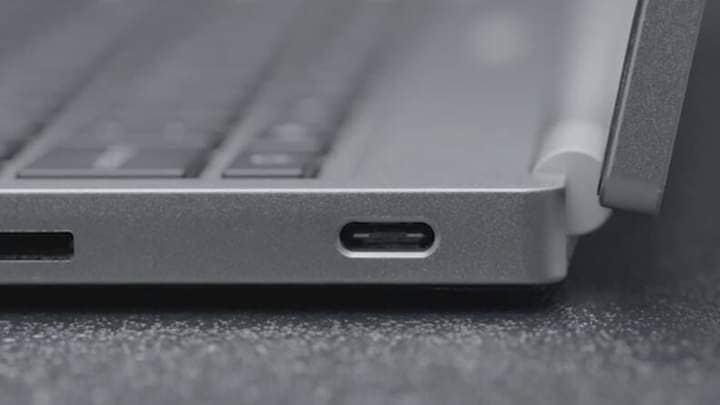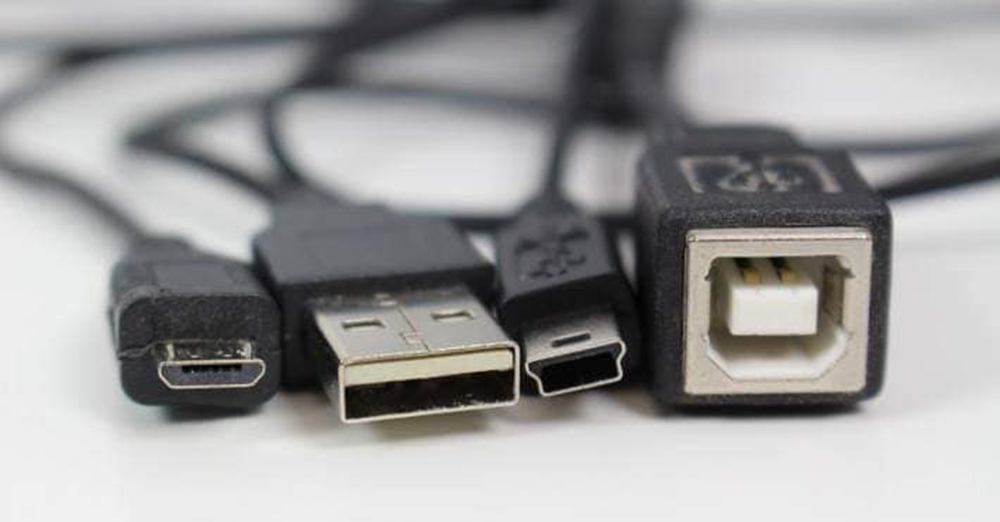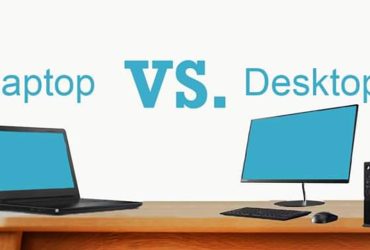In the IT age, computers, USB connectors are now being used in most mobile phones and other electronic devices.
USB (or) Universal Serial Bus Communication Cables used for power transmission; connections; It is a business standard that applies to communication protocols.
USB is designed to be the standard for computer peripherals such as keyboards, mice, printers, scanners, digital cameras, music players, storage devices, and network adapters, as well as for power supply and communication.
The system is used not only on computers but also on smartphones, PDAs, video game consoles and other electronic devices.
USB has replaced the serial port and parallel port used for early communication, and has replaced chargers for portable devices.
Another technology is hot swapping. This means you can install USB devices without having to restart your computer.

USB Version & Data Transfer Rate
USB 1.1 – 12 Mbps
USB 2.0 – 480 Mbps
USB 3.0 – 5 Gbps
USB 3.1 – 10 Gbps. It carries information at high speeds.
Most current USB devices use USB 2.0.
Latest Motherboards; Laptops USB 3.0 is now being used on external hard disks.
USB Connector Types
Unlike other cables (Ethernet, HDMI, etc.), the connectors used on USB cables come in a variety of sizes and shapes.
(1) Standard – A
(2) Standard – B
(3) mini – A
(4) mini – B
(5) micro – A
(6) micro – B
USB standard – B is used in printers.
Micro-B is used in most smartphones, and mini-B is used in music players, Scanners Used in other electronic devices. The latest release is USB Type-C. Compatible with USB 3.1 with a maximum storage capacity of 10 Gbps.
Apple and Google’s new products, the Apple Macbook and Google Chromebook Pixel, feature USB 3.1 support and a Type-C connector size.
















